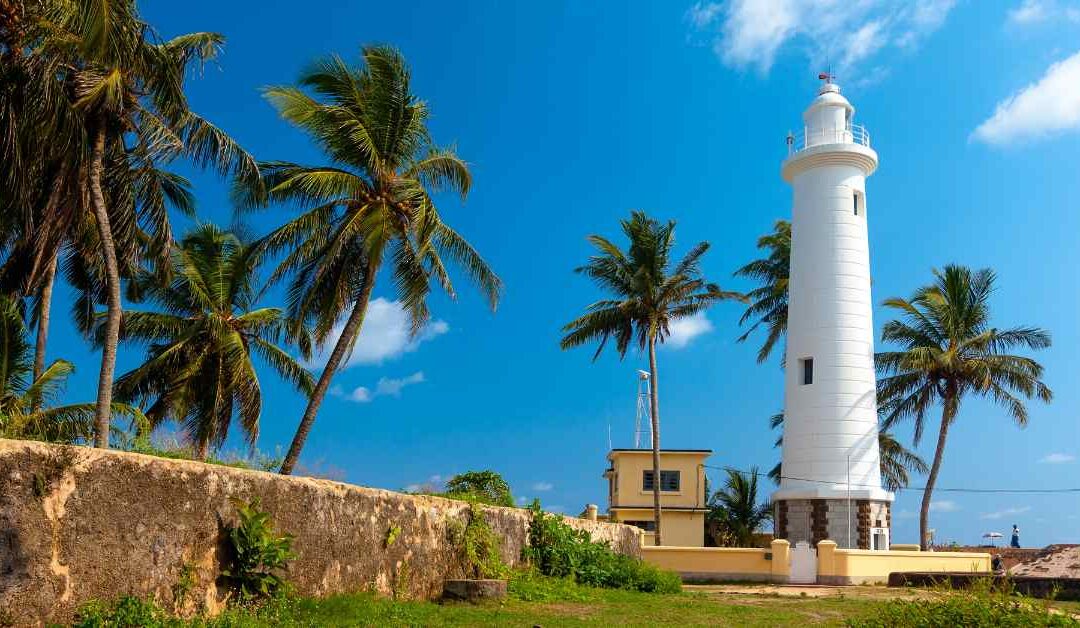Perched on the southern tip of Sri Lanka, the historic city of Galle unveils a treasure trove of tales within its timeless fortifications. Galle Fort, a UNESCO World Heritage site, stands as a living testament to the island nation’s rich colonial past, cultural amalgamation, and architectural grandeur. In this article, we embark on a journey to explore the storied alleys, colonial structures, and vibrant culture encapsulated within the ramparts of Galle Fort.
Historical Tapestry
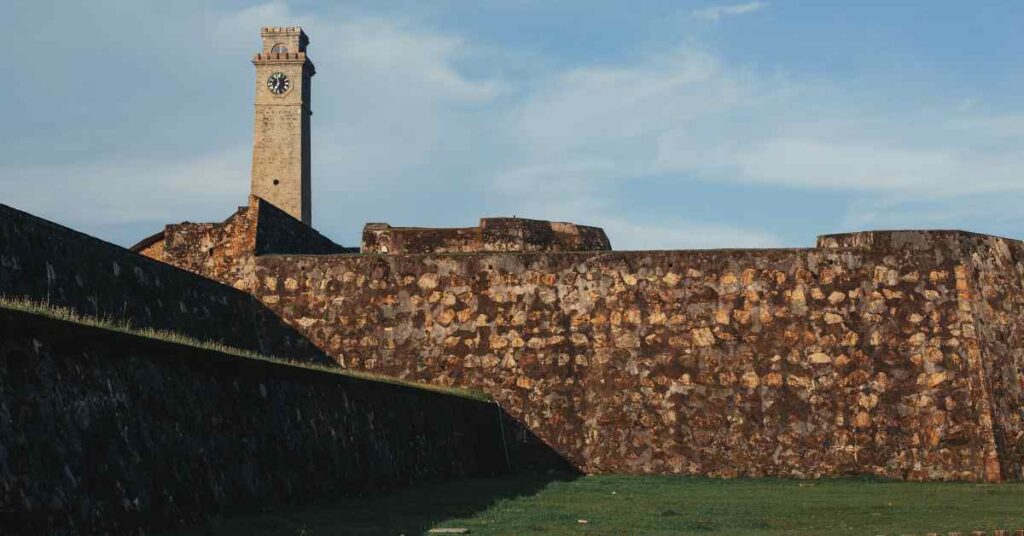
Galle Fort’s roots extend back to the 16th century when the Portuguese first established a settlement in the area. However, it was during the Dutch colonial period that Galle Fort evolved into the formidable structure we see today. The Dutch East India Company, recognizing the strategic importance of Galle’s natural harbor, fortified the city to protect their interests in the Indian Ocean trade routes.
The fortifications, constructed between 1649 and 1669, were designed by Dutch engineer Willem Jacobszoon Coster. The massive coral and granite walls, towering ramparts, and iconic bastions were intended to safeguard the city from potential invasions. As a result, Galle Fort became one of the most substantial European fortifications in Asia.
The British later took control of Galle in 1796, adding their own touches to the architectural landscape. The diverse influences of Portuguese, Dutch, and British colonial powers have left an indelible mark on Galle Fort, creating a unique blend of architectural styles that mirrors the island’s intricate cultural mosaic.
Architecture and Landmarks
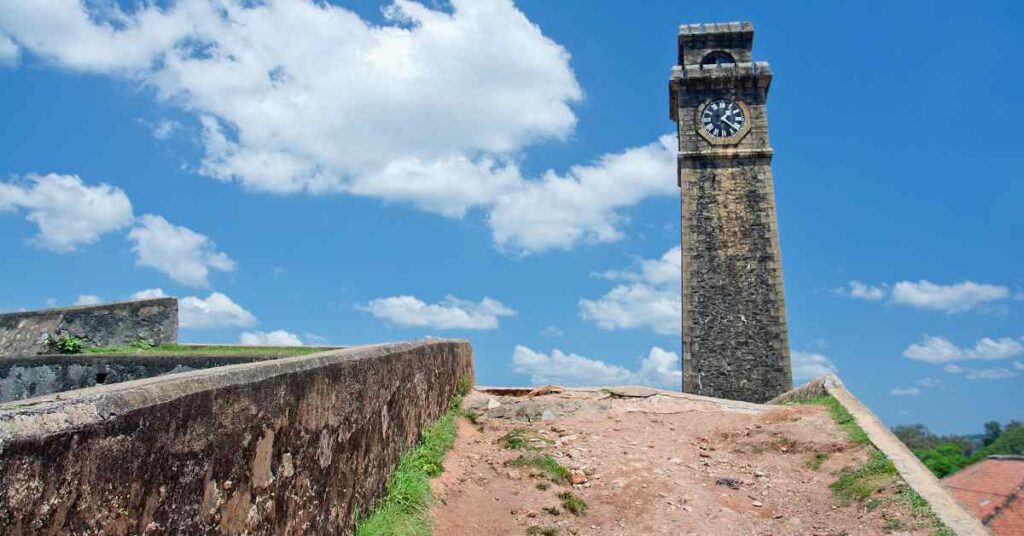
Galle Fort is a living testament to the architectural prowess of its colonial builders. The fort’s well-preserved structures, narrow cobblestone streets, and distinctive landmarks provide visitors with a captivating journey through time.
1. Galle Fort Ramparts
The imposing ramparts of Galle Fort are a defining feature, offering panoramic views of the Indian Ocean and the city below. A leisurely walk along the fortifications provides a glimpse into the maritime history of Galle, with cannons still poised to guard against long-forgotten threats.
2. Dutch Reformed Church
Dominating the skyline of Galle Fort, the Dutch Reformed Church is a somber yet elegant structure that dates back to the 18th century. The church’s gabled facade and tall windows exemplify Dutch colonial architecture, while the churchyard serves as a serene final resting place for some of Galle’s colonial inhabitants.
3. Galle Fort Lighthouse
The iconic Galle Fort Lighthouse stands tall at the southeastern edge of the fort, overlooking the azure waters of the Indian Ocean. Originally constructed by the British in 1939, the lighthouse replaced an earlier structure dating back to 1848. The picturesque setting makes it a popular spot for visitors seeking a panoramic view of the coastline.
4. Groote Kerk
Also known as the All Saints’ Church, the Groote Kerk is another testament to Galle’s religious diversity. This Anglican church, constructed during the British colonial period, boasts a blend of Gothic and Ionic architectural elements. The interior features elegant stained glass windows and memorials to British colonial figures.
5. Old Dutch Hospital
The Old Dutch Hospital, dating back to the 17th century, has undergone a transformation from a medical facility during the Dutch era to a chic shopping and dining complex today. The arches and courtyard of the hospital create a charming atmosphere, offering a delightful blend of history and contemporary culture.
Cultural Fusion
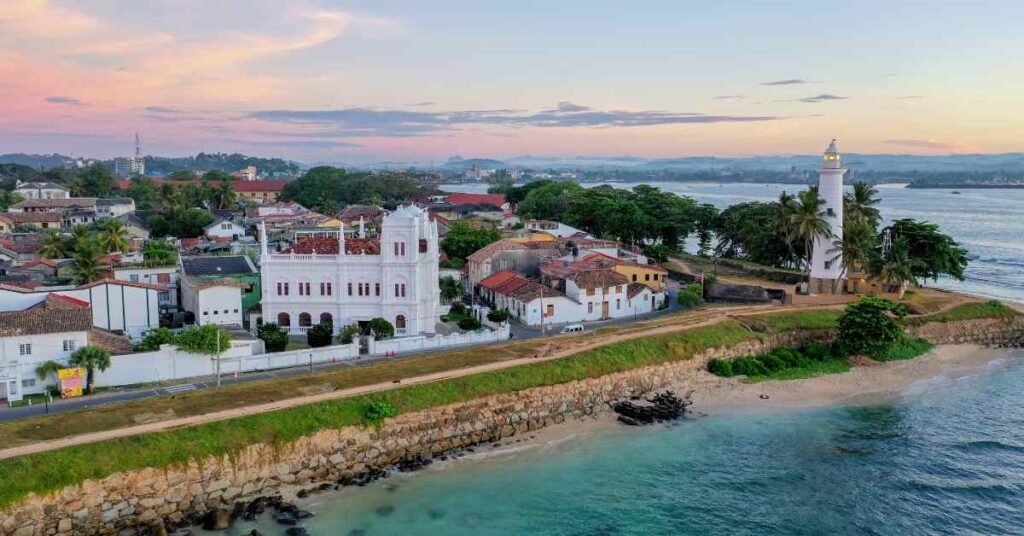
Galle Fort stands as a living canvas that paints the story of cultural fusion, trade, and coexistence. The fort’s narrow streets, lined with colonial-era buildings, invite exploration, revealing hidden gems at every turn.
1. Museums and Galleries
Galle Fort is home to several museums and art galleries that showcase the region’s rich cultural heritage. The Maritime Archaeological Museum, housed in the Old Dutch Warehouse, provides insights into Galle’s maritime history. The National Museum of Galle, located within the fort, features exhibits on archaeology, ethnography, and natural history.
2. Bazaars and Boutiques
The bustling streets of Galle Fort are adorned with vibrant boutiques, bazaars, and art galleries. Local artisans and designers showcase their crafts, offering a range of products from intricate handwoven textiles to contemporary art pieces. The fort has become a hub for those seeking unique souvenirs and cultural artifacts.
3. Culinary Delights
Galle Fort is a gastronomic haven, boasting a diverse range of culinary offerings that reflect its multicultural history. From traditional Sri Lankan delicacies to international cuisines, the fort’s cafes and restaurants cater to varied tastes. Visitors can savor fresh seafood, aromatic spices, and gourmet delights within the charming ambiance of colonial-era settings.
4. Literary and Cultural Events
Galle Fort has become a destination for literary and cultural events, attracting writers, artists, and performers from around the world. The Galle Literary Festival, held annually, brings together literary enthusiasts, providing a platform for discussions, workshops, and cultural exchange. The fort’s historic venues serve as atmospheric settings for these intellectual and artistic gatherings.
Preservation Efforts
Preserving the architectural and cultural heritage of Galle Fort is of paramount importance to both local authorities and the UNESCO World Heritage Center. Conservation efforts focus on maintaining the integrity of the fort’s structures, preserving its historical ambiance, and promoting sustainable tourism.
The Galle Heritage Foundation, established by the Sri Lankan government, plays a pivotal role in safeguarding the fort’s cultural legacy. The foundation collaborates with local communities, businesses, and international organizations to ensure responsible tourism practices and the preservation of Galle Fort’s unique identity.
Practical Tips for Exploring Galle Fort
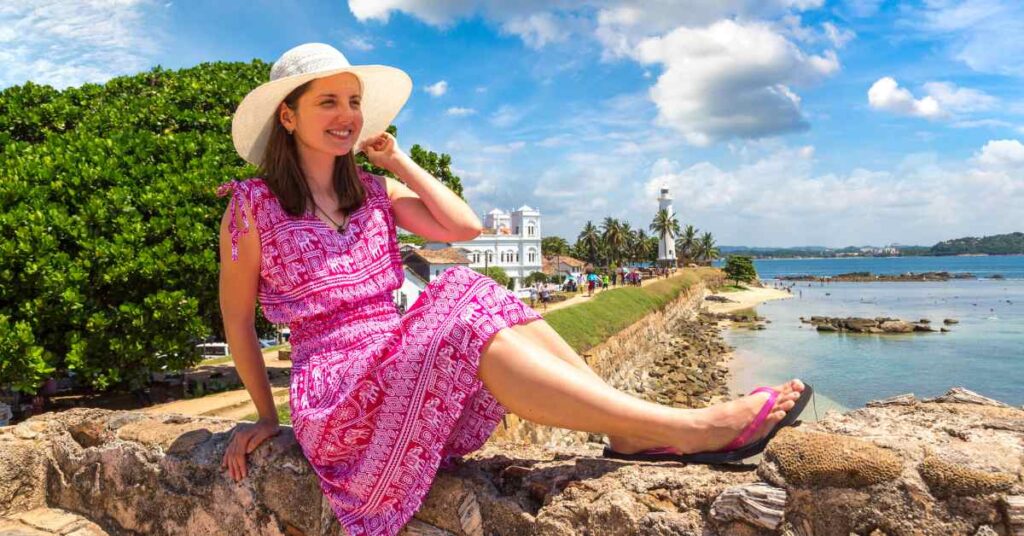
To make the most of your visit to Galle Fort, consider the following practical tips:
1. Comfortable Footwear
The fort’s narrow streets and cobblestone pathways may require comfortable walking shoes, especially if you plan to explore the area on foot.
2. Sun Protection
Galle’s tropical climate means ample sunlight. Bring sunscreen, a hat, and sunglasses to protect yourself from the sun.
3. Exploration Time
Allocate sufficient time to explore the fort’s alleys, landmarks, and cultural attractions. Galle Fort has numerous hidden gems waiting to be discovered.
4. Cultural Sensitivity
Respect the cultural and religious diversity of Galle Fort. When visiting religious sites, dress modestly as a sign of respect.
5. Local Interaction
Engage with local residents and artisans. Their stories and insights can add depth to your understanding of Galle Fort’s cultural tapestry.
Galle Fort, with its formidable walls, historic landmarks, and vibrant cultural scene, beckons visitors to embark on a journey through time. This UNESCO World Heritage site is not merely a relic of the past but a living, breathing testament to the resilience of a city that has weathered centuries of change. Whether strolling along the ramparts, exploring hidden alleys, or immersing yourself in the fort’s cultural offerings, Galle Fort promises an enchanting experience that captures the essence of Sri Lanka’s colonial history and cultural diversity.

